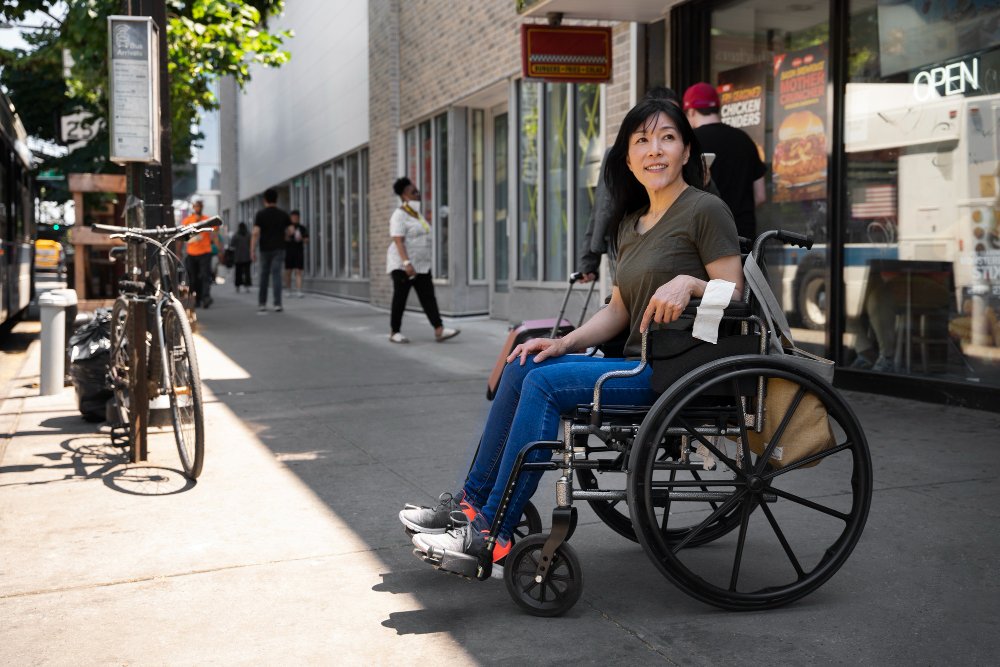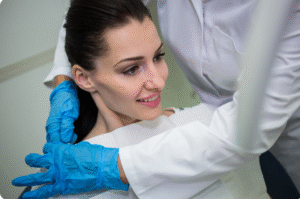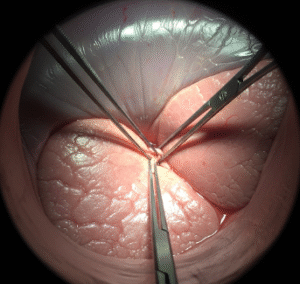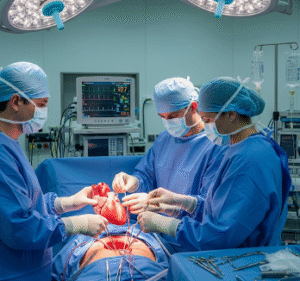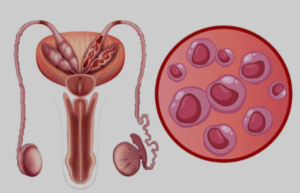Overview
Arthrogryposis, also known as Arthrogryposis Multiplex Congenita (AMC), is a rare condition characterized by joint contractures present at birth. This means that some joints don’t move as freely as they should and may even be fixed in place. It usually affects two or more different joints in the body and can be linked to muscle weakness or abnormal development of connective tissue. Early diagnosis and multidisciplinary care are essential for improving mobility and quality of life.
What is Arthrogryposis?
Arthrogryposis refers to a group of congenital disorders that cause multiple joint contractures and limited movement in affected limbs. The condition is not a single disease but a descriptive term for over 300 different types of disorders, with amyoplasia being the most common form. Children born with arthrogryposis may have stiff joints, underdeveloped muscles, and sometimes abnormalities of the limbs or spine.
Symptoms
- Stiffness in multiple joints (contractures)
- Muscle weakness or underdevelopment (amyoplasia)
- Curved or clubbed feet
- Dislocated hips or shoulders
- Limited or no movement in affected joints
- Thin or missing muscles
- Scoliosis (curvature of the spine) in some cases
Causes
Arthrogryposis is caused by limited fetal movement in the womb (fetal akinesia), which can be due to:
- Neuromuscular abnormalities (e.g., spinal muscular atrophy)
- Connective tissue disorders
- Abnormal development of the central nervous system
- Genetic mutations or syndromes
- Maternal illness (e.g., infections, reduced amniotic fluid)
- Uterine abnormalities (e.g., limited space in the uterus)
Risk Factors
- Family history of genetic or neuromuscular disorders
- Infections during pregnancy (e.g., Zika, toxoplasmosis)
- Reduced fetal movement
- Maternal health issues (e.g., diabetes, autoimmune diseases)
- Genetic mutations or chromosomal abnormalities
Complications
- Severe limitations in mobility
- Feeding or breathing difficulties (in more severe cases)
- Delayed motor development
- Joint dislocations or deformities
- Need for multiple surgeries or assistive devices
- Social and psychological challenges due to physical appearance
Prevention
There is no known way to prevent arthrogryposis entirely, but the following steps may help reduce risk:
- Adequate prenatal care and monitoring
- Managing maternal health conditions
- Genetic counseling if there is a family history
- Early detection of reduced fetal movement during pregnancy
Treatment Options in Korea
South Korea offers comprehensive and advanced care for arthrogryposis through a multidisciplinary approach involving pediatric orthopedists, neurologists, physiotherapists, and rehabilitation specialists.
1. Early Diagnosis & Evaluation
- Prenatal Ultrasound: May detect joint abnormalities before birth
- Postnatal Physical Examination: Evaluation of joint stiffness, muscle tone, and limb function
- Genetic Testing: To determine syndromic causes
- MRI/CT Scans: For neurological or structural evaluations
2. Physical Therapy
- Initiated early to maintain and improve joint movement
- Stretching exercises to prevent worsening of contractures
- Use of braces or splints to support joint positioning
3. Occupational Therapy
- To improve hand function and daily living skills
- Training for use of assistive devices
4. Surgical Treatment
- Tendon release or transfer surgeries
- Joint repositioning (e.g., hips, knees)
- Spine surgery in cases with scoliosis
- Multiple surgeries may be needed over time
5. Orthopedic Support
- Custom orthotic devices (AFOs, KAFOs)
- Use of mobility aids like walkers, wheelchairs

